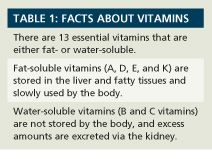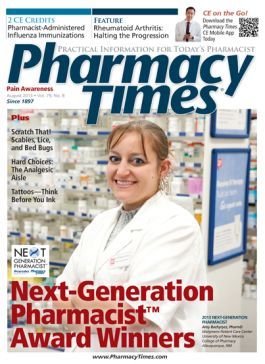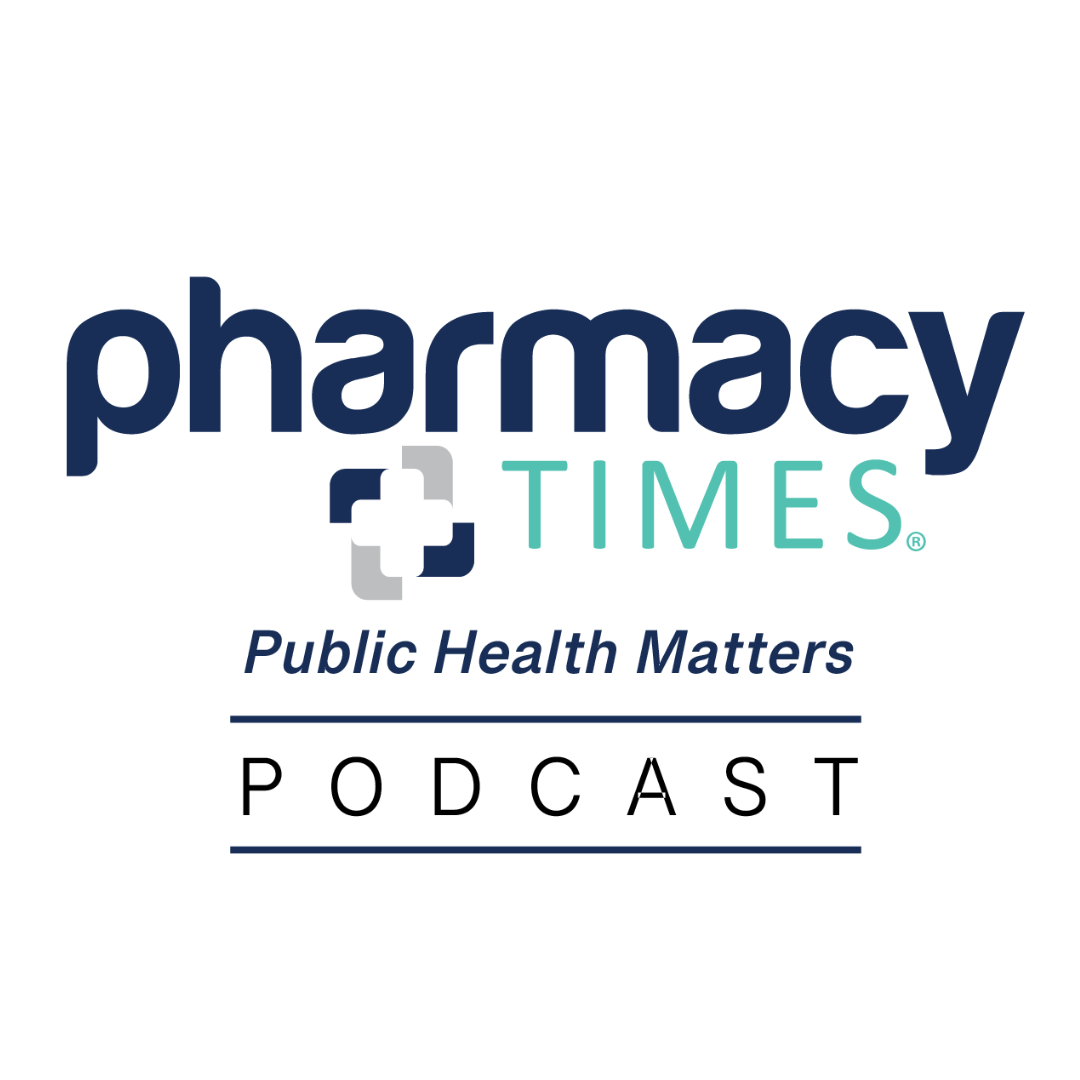Publication
Article
Pharmacy Times
The ABCs of Pediatric Multivitamin/Multimineral Supplements
Author(s):
Parents and caregivers need help selecting appropriate supplements, which should be used as adjuncts to a balanced, healthy diet.
Parents and caregivers need help selecting appropriate supplements, which should be used as adjuncts to a balanced, healthy diet.
Many parents and caregivers choose to give the children in their care multivitamin/multimineral (MVM) nutritional supplements to ensure that they obtain the recommended essential nutrients, to promote overall health, to increase nutrient intake, and to decrease the risk of disease.1
Overall, approximately 1 out of 4 children take an MVM supplement or some type of nutritional supplement, although adolescents are least likely to take these supplements.1 However, a 2009 study found that children who are at greatest risk for nutritional deficiencies are least likely to use nutritional supplements.2-4 The study found that children who are more active, healthier, eat a balanced diet, and have better access to health care are more likely to take MVM supplements and that vitamin usage was highest among 2- to 4-year-olds and lowest among 12- to 17-year-olds.2,4

Other studies have demonstrated that the majority of children typically meet the recommended intake of essential nutrients through dietary means alone.1-4 The American Academy of Pediatrics (AAP) and the American Dietetic Association emphasize that eating a balanced, nutritious diet is the optimal method of obtaining essential nutrients.2-4 The AAP does not recommend nutritional supplementation in healthy children over the age of 1 year. Nonetheless, pediatricians may recommend supplementation if a child is underweight, is a picky eater, is on a restricted or special diet (eg, a vegan diet), or has a medical condition that may increase the risk of nutritional deficiencies.1-4 For example, a child on a dairy-free diet may require calcium supplementation, and a child on a vegetarian diet may require an iron supplement.
There is also ongoing concern about the number of children and adults with low levels of vitamin D. Recent studies have found that approximately 70% of children in the United States are not getting sufficient amounts of vitamin D and that an estimated 9% are vitamin D deficient.5-7 Study results also indicate that vitamin D deficiency is particularly prevalent among overweight and obese children.5-7 The AAP and the Institute of Medicine (IOM) recommend a daily intake of 400 IU of vitamin D during the first year of life beginning a few days after birth, and a daily intake of 600 IU for everyone older than 1 year.8 These organizations further recommend that parents and caregivers consult their pediatricians regarding their children’s vitamin D needs to ensure optimal levels are being met.8 Due to concern about vitamin D deficiencies in children, the vitamin D content of many MVM supplements has been increased in the past few years in accordance with recommendations from the AAP and the IOM. Other studies have found that many boys (aged 9 to 13 years) and girls (aged 9 to 18 years) do not obtain enough calcium from their diets.9

MVM supplements designed for children are available in chewable, gummy, gumball, and liquid formulations. In addition, single-entity products are available that may be beneficial for those who are deficient in just 1 nutrient, such as vitamin D or calcium. There are also liquid nutritional supplements such as Pediasure (Abbott) that provide children with protein, fat, fiber, and a combination of vitamins and minerals to aid in growth and promote weight gain.10 Parents should be encouraged to discuss the use of liquid nutritional supplements or MVM supplements with their pediatrician to ascertain which is the best option. MVM supplements for children may include omega-3 fatty acids for healthy brain development and heart health, extra vitamin C to promote immune support, as well as iron, calcium, zinc, vitamin D, the B vitamins, and vitamin E, which are all nutrients children are most commonly deficient in.7
In addition to the typical children’s formulations, Bayer Healthcare markets the One A Day Teen Advantage line of vitamins specifically designed to meet the nutritional needs of teenage boys or girls. The formulation for teen girls contains extra iron, which helps prevent iron-deficiency anemia during menstruation, while the teen boys’ formula contains nutrients to promote muscle function and growth. In addition, Bayer has introduced a new line of Flintstones MVM supplements for toddlers in both chewable and gummy formulations. The company has also introduced a new formulation of Flintstones Complete Vitamins by adding more vitamin D to the supplement. Other popular brands of children’s multivitamin supplements include Centrum Kids (Pfizer Consumer) and L’il Critters Gummy Bear Supplements (Northwest Natural Products, Inc).
Conclusion
MVM supplements should always be kept out of reach of children to prevent accidental overdose, which is particularly important because nutritional supplements can easily be mistaken for candy. Parents should remember to only give children the formulations that are marketed for use in children and to administer no more than the recommended dosage; excessive doses, especially of fat-soluble vitamins, can cause toxicities. Because children are increasingly being prescribed medications to treat conditions such as asthma, diabetes, allergies, and attention-deficit/hyperactivity disorder, pharmacists should screen for possible contraindications and drug interactions before recommending supplements.
During counseling, pharmacists should advise parents and caregivers that nutritional supplements are intended to be used as adjuncts to—not substitutes for—a balanced, healthy diet. Parents and caregivers should also be reminded that these supplements are intended to prevent nutritional deficiencies and to maintain nutritional stores and are not intended for self-treatment of vitamin deficiencies. Patients exhibiting signs of nutritional deficiencies should always be referred to their primary health care provider for proper treatment. Pharmacists should also check for possible therapeutic duplications to prevent possible toxicities, especially involving fat-soluble vitamins and iron. Pharmacists can be instrumental in assisting parents and caregivers in the proper selection of nutritional supplements and in identifying possible drug-micronutrient interactions and contraindications. If there is any doubt regarding whether supplementation is needed, parents should be encouraged to discuss the use of MVM supplements with their pediatrician. It is especially important to remind patients that there is no substitute for eating a balanced, healthy diet to ensure the overall health of their child.
Ms. Terrie is a clinical pharmacy writer based in Haymarket, Virginia.
Resources
For more information on MVM supplements and dietary guidelines for children, please visit the NIH Office of Dietary Supplements website at http://ods.od.nih.gov/factsheets/list-VitaminsMinerals/.
References
- National Institutes of Health Office of Dietary Supplements. Multivitamin/mineral supplements. http://ods.od.nih.gov/factsheets/MVMS-QuickFacts. Accessed June 3, 2013.
- Moreno M. Advice for patients: vitamin and mineral supplementation in children. Arch Pediatr Adolesc Med. 2009;163(2):192.
- Science Daily. Vitamin use is highest in kids who don’t need them, study finds. http://www.sciencedaily.com/releases/2009/02/090202174657.htm. Accessed June 4, 2013.
- Ulfat S, Byrd RS, Auinger P. Vitamin and mineral supplement use by children and adolescents in the 1999-2004 National Health and Nutrition Examination survey: relationship with nutrition, food security, physical activity, and health care access. Arch Pediatr Adolesc Med. 2009;163(2):150-157.
- CCNhealth.com. Vitamin D deficiency common in U.S. children. www.cnn.com/2009/HEALTH/08/03/vitamin.d.children. Accessed June 3, 2013.
- Turer CB, Lin H, Flores G. Prevalence of vitamin D deficiency among overweight and obese US children. Pediatrics. 2013;131(1):e152-e161. http://pediatrics.aappublications.org/content/131/1/e152.abstract. Accessed June 3, 2013.
- Peaslee K. Supplements: nutrition insurance for children. Today’s Dietitian. www.todaysdietitian.com/newarchives/tdjan2008pg50.shtml. Accessed June 5, 2013.
- American Academy of Pediatrics. Kids and vitamin D deficiency. www.aap.org/en-us/about-the-aap/aap-press-room/pages/Kids-and-Vitamin-D-Deficiency.aspx. Accessed June 6, 2013.
- NIH Office of Dietary Supplements. Calcium. http://ods.od.nih.gov/factsheets/Calcium-QuickFacts/. Accessed June 3, 2013.
- Abbott Laboratories. Pediasure [product information]. http://pediasure.com/kid-nutrition-products. Accessed June 4, 2013.

Newsletter
Stay informed on drug updates, treatment guidelines, and pharmacy practice trends—subscribe to Pharmacy Times for weekly clinical insights.






